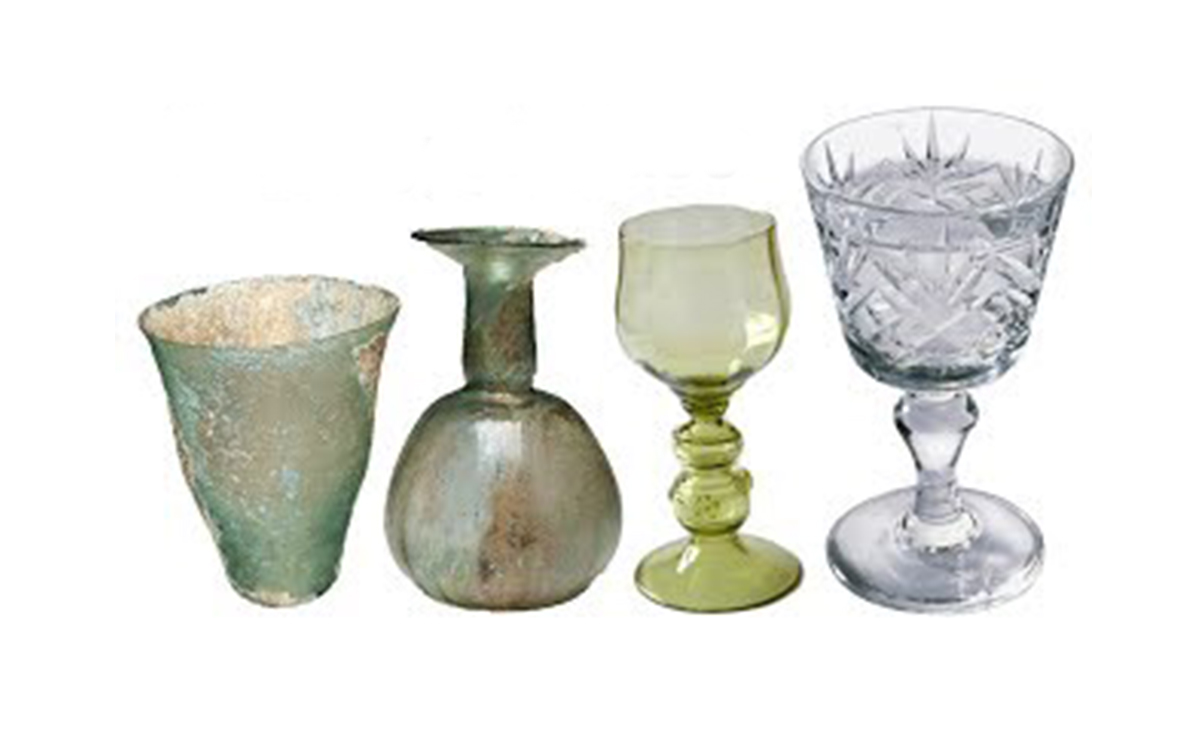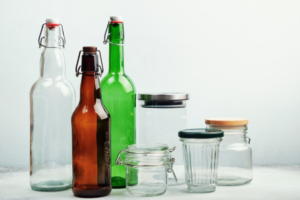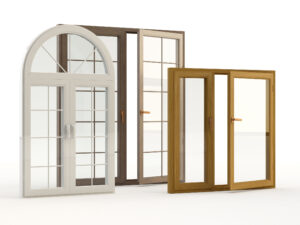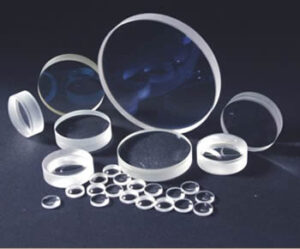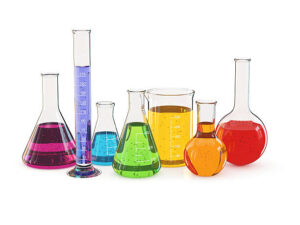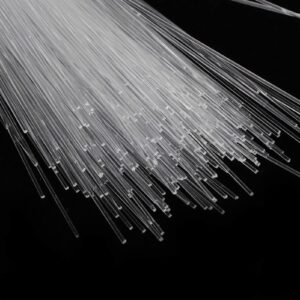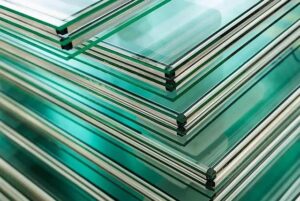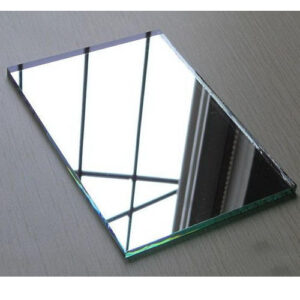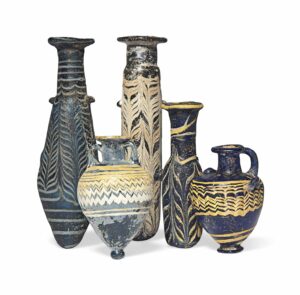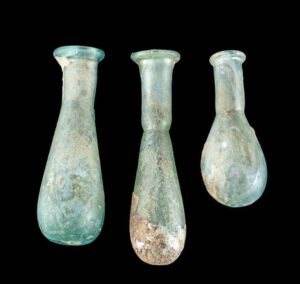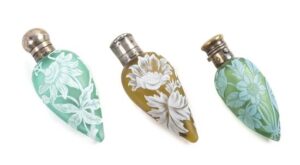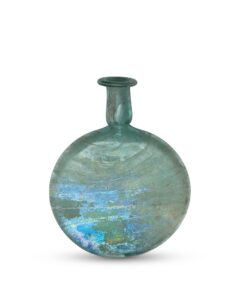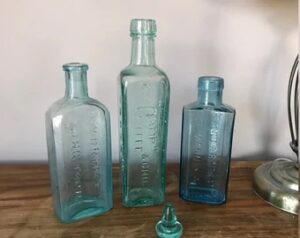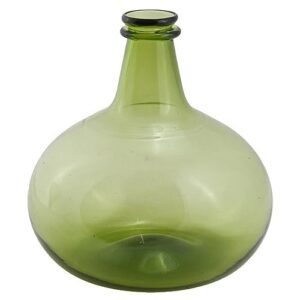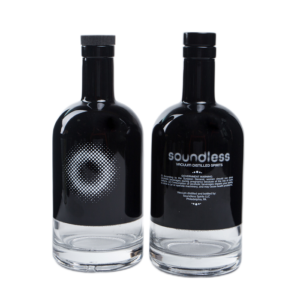As China glass bottle manufacturers, MC Glass Bottle factory share history of glass deliverying high-quality, aesthetic appeal, affective visual design custom glass bottle jars for producting top-notch packaging solutions. Sophisticated decoration, frosting colored bottles are new trends.
The origin of glass
The origin of glass can be traced back to acient times, with its exact beginnings shrouded in mystery. It is believed that glassmaking emerged around 3500BCE in the region of Mesopotamia, which corresponds to present-day Iraq.
The earliest glass objects were likely accidental creations resulting from natural processes, such as volcanic activity or lighting strikes, where certain minerals melted and fused to form glass-like materials. Early humans would have observed these occurences and experimented with heating and shaping various materials to create their own glass vessels.
Different ancient civilizations like the Egyptians, phoenicians, and Romans, contributed to the development and improvement of glassmaking techniques. The old Romans, in particular, played a crucial role in spreading the knowledge of glassmaking throughout their empire, leading to significant advancements in glass production.
The milestone in glass history is the invention of glassblowing, which is commonly attributed to the phoenicains in the 1st century BCE. The innovation revolutionized glass production, making it easier and more efficient to create various glass vessels and containers.
Glass used in many applications
Glass is an incredibly versatile material with a wide range of applications. It has been used by humans for thousands of years and continues to play an essential role in various aspects of modern life. Some of the common uses of glass include:
Containers and Packaging
Glass containers, such as bottles and jars, are widely used for storing beverages (e.g., beer, wine, soft drinks), food products (e.g., sauces, jams, pickles), and various other substances due to its non-reactive nature and ability to preserve the contents.
Windows and Doors
Glass is a fundamental component in windows and doors, providing transparency while keeping out weather elements. It allows natural light to enter buildings and helps to create a pleasant indoor environment.
Architecture
Glass is extensively used in modern architecture to create aesthetically pleasing facades and structural elements, such as glass walls, roofs, and skylights.
Automobiles
Automotive industry relies heavily on glass for windshields, side windows, and rear windows, ensuring visibility and safety for drivers and passengers.
Electronics
Glass is a crucial component in the manufacturing of electronic devices, such as smartphones, tablets, and computer screens (LCD, OLED, etc.).
Optics and Lenses
High-quality glass is used in the production of lenses for cameras, telescopes, microscopes, and eyeglasses, enabling vision correction and optical magnification.
Laboratory Equipment
Glassware like test tubes, beakers, flasks, and petri dishes are commonly used in laboratories due to their non-reactive properties and ease of sterilization.
Art and Decoration
Glass artistry encompasses various techniques, including stained glass windows, glassblowing, and glass sculptures, adding beauty and creativity to artistic expressions.
Fibers
Glass fibers are used in telecommunications for transmitting data at high speeds, enabling internet connectivity and long-distance communication.
Insulation
Double-glazed or insulated glass windows provide better thermal and sound insulation in buildings, contributing to energy efficiency and noise reduction.
Mirrors
Glass mirrors are essential for personal grooming, interior design, and scientific applications.
Solar Panels
Some types of solar panels use glass to protect and encapsulate photovoltaic cells, converting sunlight into electricity.
The oldest glass bottles
While we cannot pinpoint a single individual who made glass, and the oldest glass bottles back several centuries, it is important to note that many ancient glass containers were not necessarily shaped like what “glass bottles” were not necessarily shaped like what “bottles” today.
The Core-Formed Glass Bottles
These are some of the earliest glass vessels from the ancient world, dating back to around the 16th to 15th centuries BCE. They were made by winding molten glass around a core and then shaping and decorating the glass with trails of colored glass.
The Glass Unguentarium
Dating back to the Roman period (1st to 4th centuries CE), these small, tear-shaped bottles were used to store perfumes and ointments.
The Cameo Glass Perfume Bottles
From the Roman period, these intricate bottles featured detailed carvings in different colors of glass, creating stunning designs.
The Broad-Rimmed Glass Bottles
From the early Islamic period (7th to 9th centuries CE), these bottles had broad rims and were often decorated with various designs, including elaborate calligraphy.
The Mallet-Shaped Glass Bottles
From the medieval Islamic period (10th to 14th centuries CE), these bottles resembled wooden mallets and were often used for storing and transporting liquids.
The Pilgrim Flasks
Originating from the 13th to 14th centuries, these were flat-sided bottles with rounded shoulders and an indentation near the neck. They were used as containers for holy water, oils, and relics during pilgrimages.
The Hamilton Bottle
Dating to the 15th century, this is one of the earliest examples of glass bottles with a flattened square shape and a narrow neck. It is named after the city of Hamilton in Scotland where it was discovered.
The Onion Bottles
These bottles, with their distinctive globular shape and long necks, were prevalent in the 17th and 18th centuries. They were commonly used for storing spirits, especially rum.
The Black Glass Bottles
During the 17th and 18th centuries, black glass bottles were popular for containing a variety of liquids, including medicines and spirits. They were often made with dark, thick glass to protect the contents from light.
When glass bottles are made in mass production
The mass production of glass bottles began during the early 20th century with the advent of the automatic bottle-making machine. Before this time, glass bottles were typically hand-blown, which was a labor-intensive and time-consuming process. The invention and implementation of automated bottle-making machines revolutionized the glass container industry, allowing for faster and more efficient production.
The first fully automatic glass bottle-making machine was patented in 1903 by Michael J. Owens, an American inventor and entrepreneur. His invention, known as the “Owens Automatic Bottle Machine,” enabled the continuous production of glass bottles without the need for skilled glassblowers. This machine could produce up to 2,500 bottles per hour, a significant increase compared to traditional hand-blowing methods.
The key features of Owens’ machine were the use of a mechanical plunger to press the glass into the mold and the introduction of individual sections for each bottle-making step. As the glass was pressed into the mold, the machine simultaneously shaped the bottle, cut the neck, and formed the finish (the top part of the bottle). The bottle then moved to the annealing lehr, where it was slowly cooled to remove any stresses and ensure its durability.
Over time, glass bottle-making machines continued to be improved and refined, increasing production speeds and capabilities. Modern glass bottle-making machines can produce thousands of bottles per hour, with advanced technology ensuring consistent quality and precision.
Today, mass-produced glass bottle manufacturing using a combination of automated processes and skilled labor. The raw materials, such as sand, soda ash, limestone, and recycled glass (cullet), are melted together in large furnaces to form molten glass. This molten glass is then fed into the bottle-making machines, where it is shaped, cooled, and inspected before being sent for packaging and distribution.
Mass production of glass bottles has made them widely available and affordable, making them an essential part of the packaging industry for beverages, food products, pharmaceuticals, and various other commodities.
Conclusion
Based on long-term glass history, manufacturing glass bottle jars with personality design encourage MC Glass to achieve positive feedback and committed to establishing a long-term and mutually beneficial partnership with clients, and we believe that your quality products can contribute significantly to the success of clients’ business.


